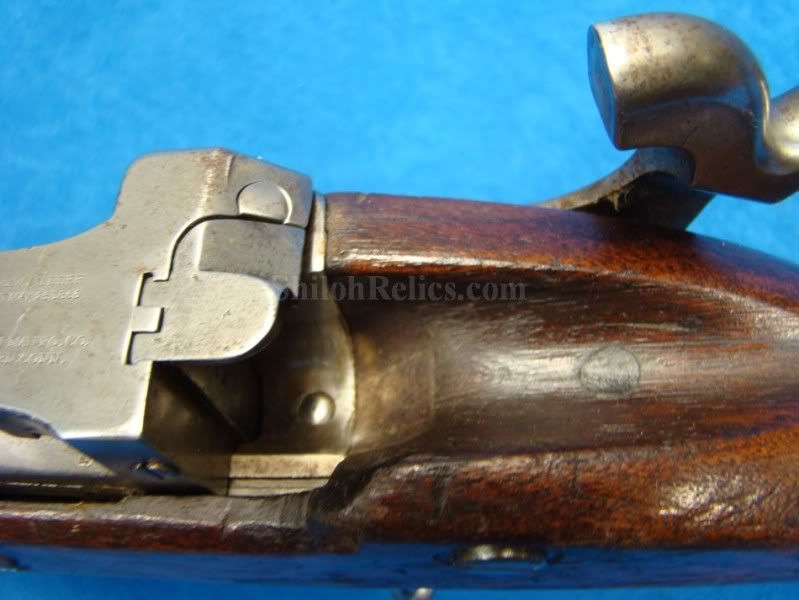Hi,
Wasn't sure where to post this since it is an odd subject. Figured more people would view it here, so here goes. I have an opportunity to by an 1861 Springfield with a post war Miller breech-loading conversion. If I buy it I do not intend to restore it to its original configuration permanently, because it is now postwar history. But here's what I'm wondering: does a Miller conversion modify anything beside the lock and the barrel? If it doesn't, I can get a barrel and other parts that fit and I could temporarily modify the gun when I wanted it in War Between the States configuration. It could easily be changed back to its correct post war configuration. What do you all think? Can it be done? Or does the conversion also take wood of the stock?
Wasn't sure where to post this since it is an odd subject. Figured more people would view it here, so here goes. I have an opportunity to by an 1861 Springfield with a post war Miller breech-loading conversion. If I buy it I do not intend to restore it to its original configuration permanently, because it is now postwar history. But here's what I'm wondering: does a Miller conversion modify anything beside the lock and the barrel? If it doesn't, I can get a barrel and other parts that fit and I could temporarily modify the gun when I wanted it in War Between the States configuration. It could easily be changed back to its correct post war configuration. What do you all think? Can it be done? Or does the conversion also take wood of the stock?







Comment